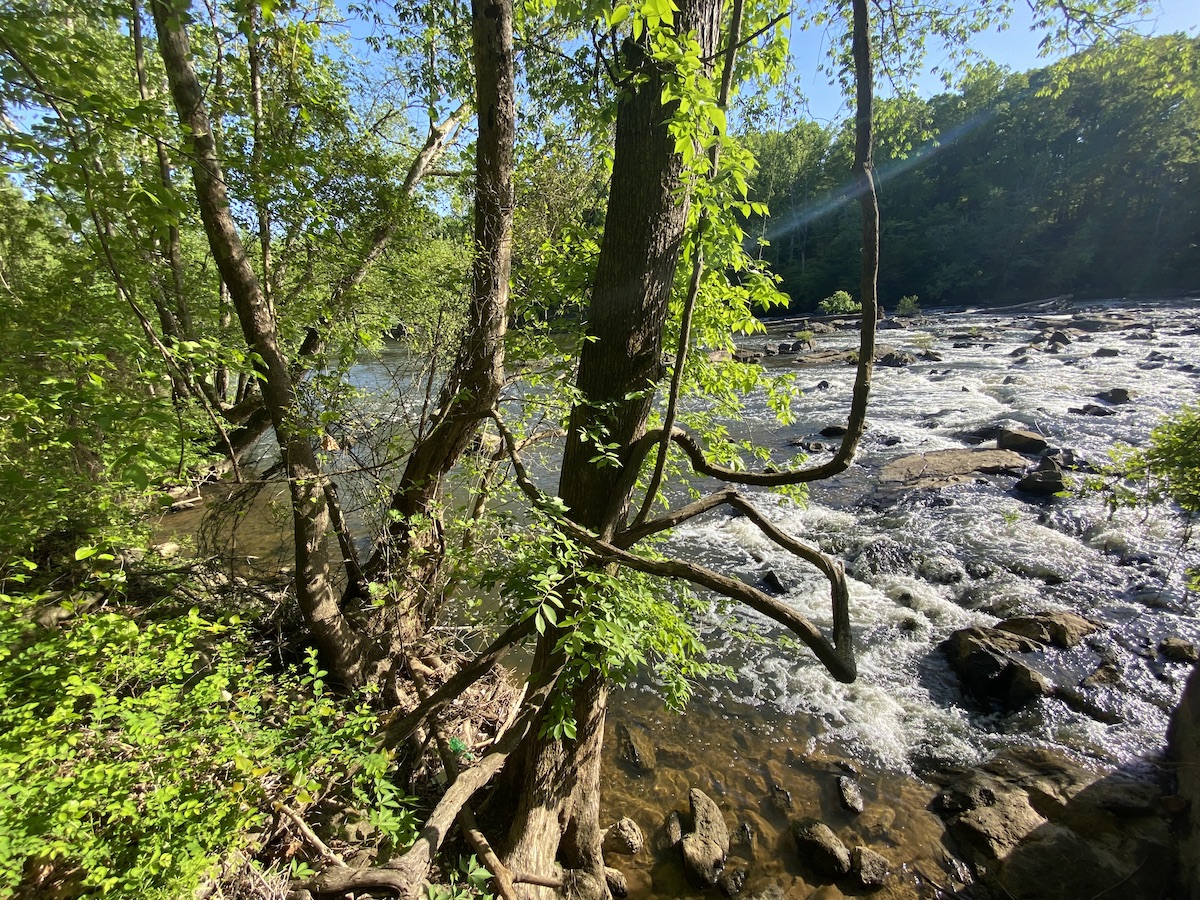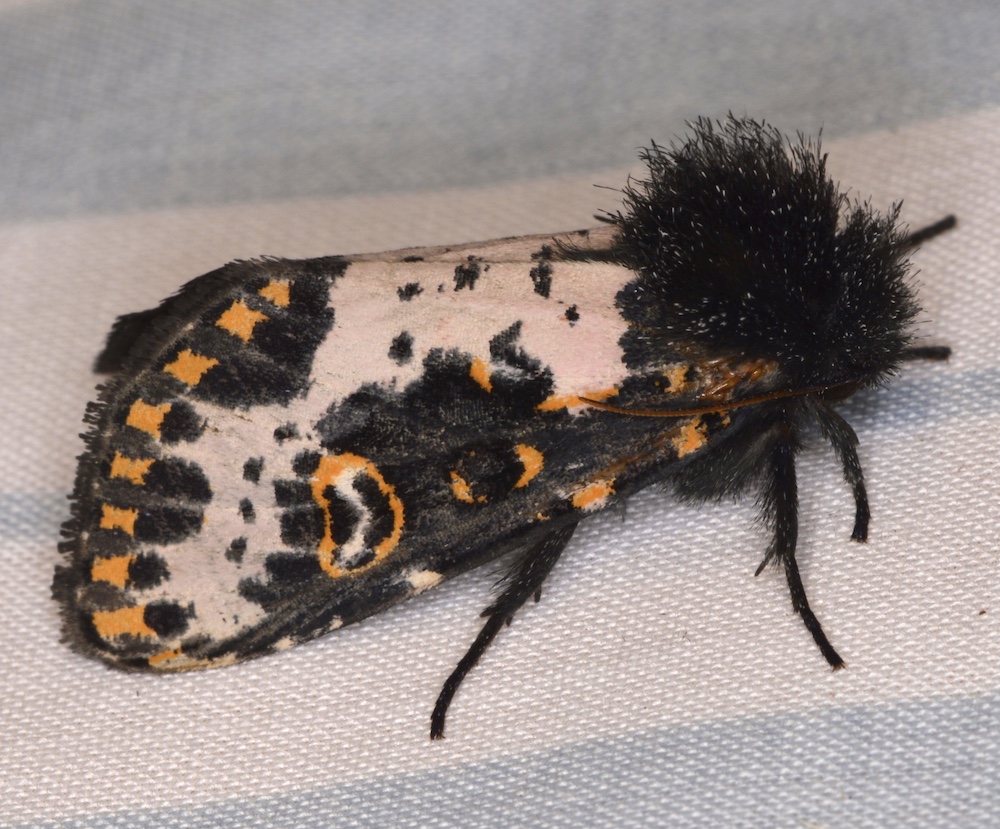Moth Watch at the Museum of Life and Science
Moth Watch at the Museum of Life and Science
Last Saturday, the Museum of Life and Science, in partnership with the Ellerbe Creek Watershed Association, hosted a public moth night on the museum grounds. I helped to organize this event, and was joined by NCBP members Carol Tingley and Tom Howard. The event was in conjunction with the 2023 Durham BioBlitz, and attendees were encouraged to submit their sightings through iNaturalist.
 The other day,
The other day, 